THE DEFINITIVE GUIDE FOR THE TREATMENT OF ENDOMETRIOSIS
WHAT IS ENDOMETRIOSIS?
The lining of the womb (uterus) is known as the endometrium. Endometriosis is a condition in which the endometrium is present outside of the uterus as well. Usually, the ectopic endometrium is seen in the lower abdomen only (ovaries, Fallopian tubes, pelvis) but endometriosis may rarely spread to parts other than the pelvis and can appear anywhere in the body.
In endometriosis, the endometrium present at abnormal sites also responds to each menstrual cycle. So the endometrium outside the uterus also thickens, breaks, and bleeds with each cycle of menses.
Since the abnormal sites of endometrium in endometriosis have no way of exiting to discharge out the blood, cysts are formed entrapping the discharge. The surrounding tissues are also irritated causing adhesions and the organs stick to each other.
Sometimes there are no symptoms in mild endometriosis but mostly women suffer from severe pain during periods, during sexual intercourse and infertility can also occur.
WHAT ARE THE FOUR STAGES OF ENDOMETRIOSIS?
The classification is made on the basis of the number of lesions and the depth of involvement:
STAGE 1: Minimal and few superficial implants
STAGE 2: Mild and deeper implants are seen
STAGE 3: Moderate and deeper implants are visualized along with the involvement of the ovaries. There is the presence of small cysts in one or both ovaries along with mild adhesions in the pelvis.
STAGE 4: Severe and many deep implants are seen with large cysts in the ovaries (one or both). Adhesions are also deep and denser.
WHAT ARE THE RISK FACTORS FOR ENDOMETRIOSIS?
Several factors might expose you to endometriosis, such as:
- NULLIPAROUS: never giving birth can trigger endometriosis.
- EARLY MENARCHE: early onset of menses during puberty.
- LATE MENOPAUSE: having menses till old age can trigger endometriosis.
- OESTROGEN: high levels of estrogen can also cause endometriosis.
- BEING THIN: being underweight can also cause endometriosis.
- SMOKING: can predispose to the development of endometriosis.
- ALCOHOL: consumption in large amounts on regular basis can also trigger endometriosis.
- FAMILY HISTORY: endometriosis can also be a factor.
- UTERINE ABNORMALITIES: which trap the menstrual flow can also cause endometriosis due to inflammation.
WHAT ARE THE COMPLICATIONS OF ENDOMETRIOSIS?
- INFERTILITY: females with endometriosis have difficulty in conceiving. Endometriosis may obstruct the way of egg or sperm thus preventing fertilisation.
- OVARY CANCER: endometriosis may predispose to develop ovarian cancer at a higher rate than expectation.
WHAT ARE THE CAUSES OF ENDOMETRIOSIS?
- BACKFLOW OF MENSTRUAL BLOOD: would cause sticking of endometrial cells to stick to the ovaries, Fallopian tubes, or in the pelvic cavity, and they would grow there and bleed there.
- TRANSFORMATION OF PERITONEAL TISSUES: endometrial tissues would cause endometriosis.
- OESTROGEN: can trigger the transformation of tissues in the fetus to endometrial tissues at abnormal places. Prolonged administration of estrogen in adult life can also trigger the transformation.
- SURGICAL SCAR: hysterectomy or cesarean section may cause sticking of endometrial tissues to the scar causing endometriosis.
WHAT ARE THE SYMPTOMS OF ENDOMETRIOSIS?
- PAINFUL PERIODS: mild cramping and pain are normal during periods but for a woman with endometriosis; pain is far worse and restricts her daily life works. The pain starts before the periods start and lasts for several days with pain in the lower back.
- PAINFUL SEXUAL INTERCOURSE: due to adhesions sexual intercourse is painful and pay may occur for quite some time after intercourse.
- HEAVY PERIODS: heavy flow is seen during menses.
- SPOTTING BETWEEN MENSES: may also be seen in some cases.
- INFERTILITY: due to obstruction caused by endometriosis adhesions the egg and sperm fail to meet causing infertility.
- REGULAR MENSTRUAL SYMPTOMS: nausea, vomiting, weakness, fatigue, and bloating are also seen during menses.
HOW TO DIAGNOSE A CASE OF ENDOMETRIOSIS?
- PELVIS EXAMINATION: the uterus and surrounding structures are movable as the uterus hangs freely with the support of ligaments but adhesions caused by endometriosis can cause restriction of mobility.
- TRANSVAGINAL ULTRASONOGRAPHY: would reveal adhesions and endometriomas (trapped secretions in a cyst).
- MRI: would give more detailed information.
- LAPAROSCOPY: This is a surgical procedure that allows visualization of the abdomen thus would reveal the condition.
WHAT ARE THE POSSIBLE TREATMENTS AVAILABLE?
- PAIN MANAGEMENT: This is the first line of treatment which is given by administering NSAIDs, painkillers, etc.
- HORMONE THERAPY: oral contraceptive pills would help in relieving pain but they would not treat the condition completely.
- SURGERY: is done to remove tissues of endometriosis at abnormal sites.
- HYSTERECTOMY: along with ovaries is done in rare cases.
HOMEOPATHY: is an alternative system of medicine that can help in the permanent treatment of endometriosis very well.
There are several homeopathic medicines available that can treat the conditions permanently. Medicines like pulsatilla, natrum mur, sulphur, calcarea carb, tuberculinum, causticum etc act very well in managing the cases of endometriosis. But the medicines should be given only after the symptom study and constitutional study.
DO’S & DON’TS
DO’S
- Do regular physical exercise.
- Use a hot water bag for pain.
- Hot baths would also help in those days to feel better.
- Take healthy diet
DON’TS
- Don’t smoke.
- Don’t take much alcohol.
- Don’t stress out.
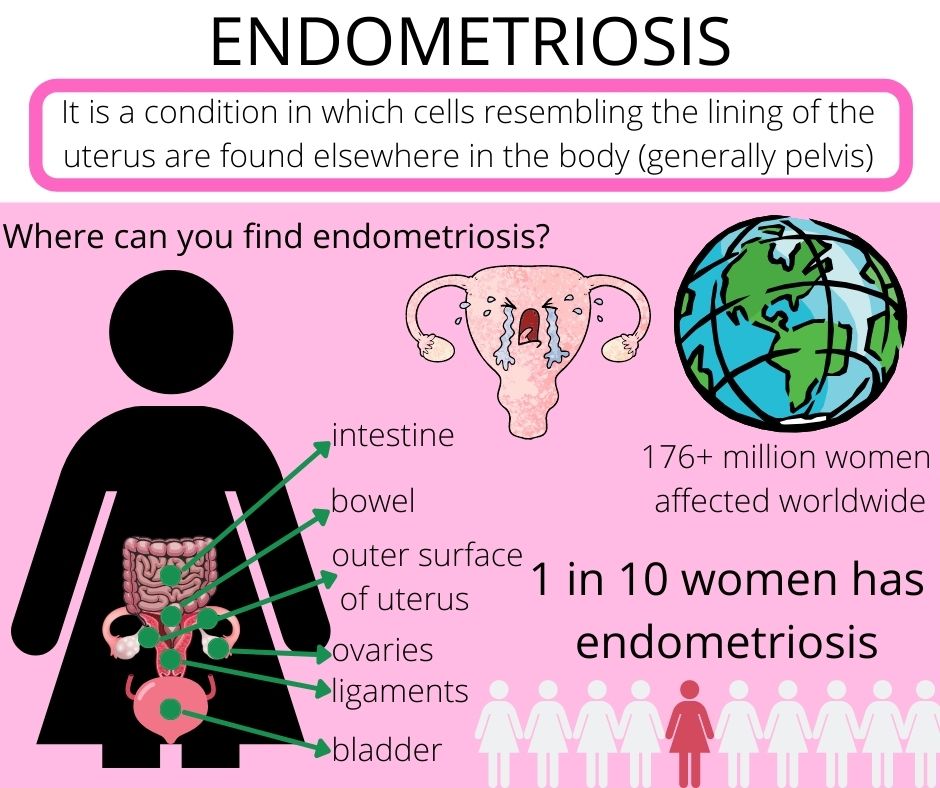
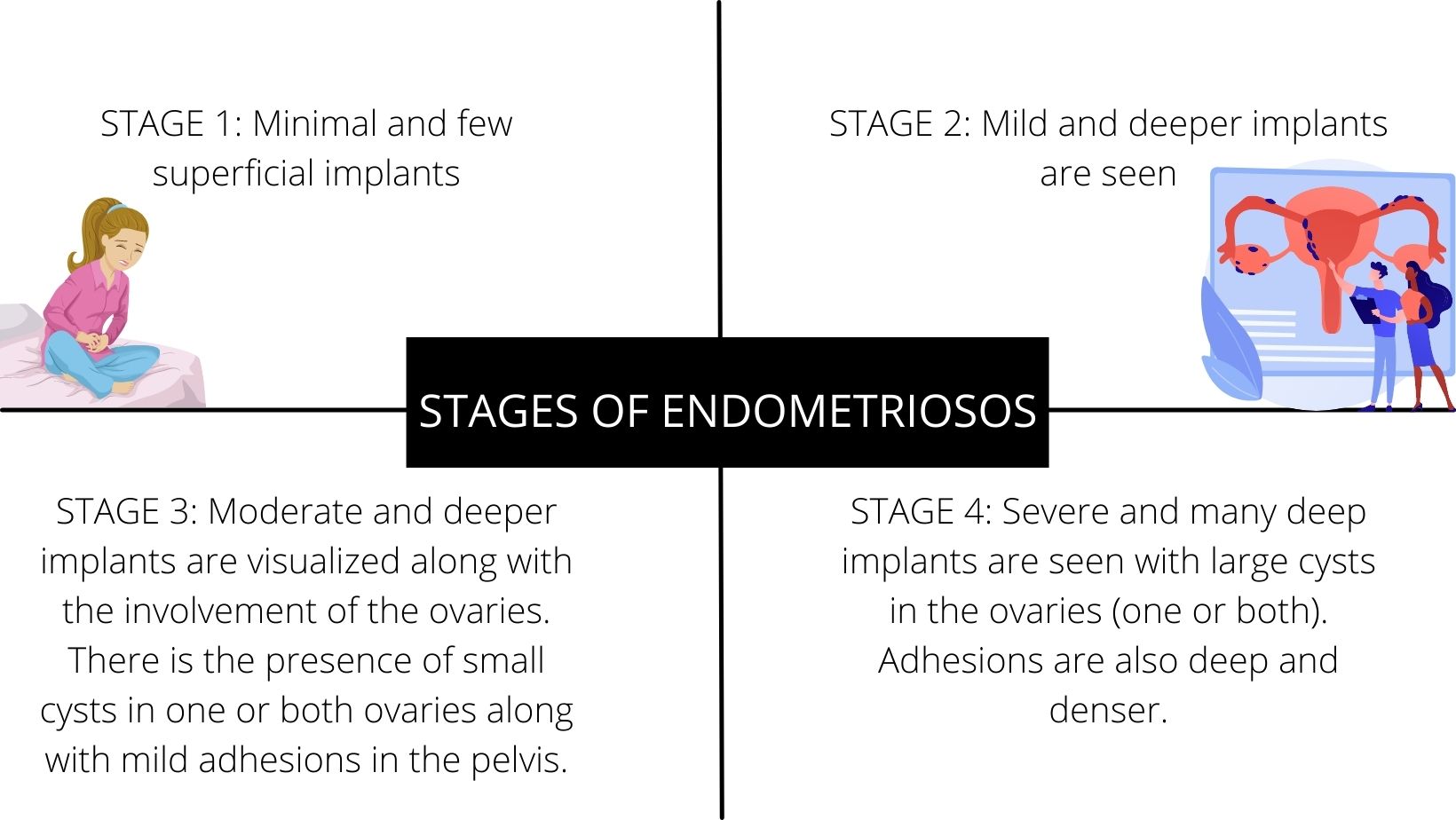
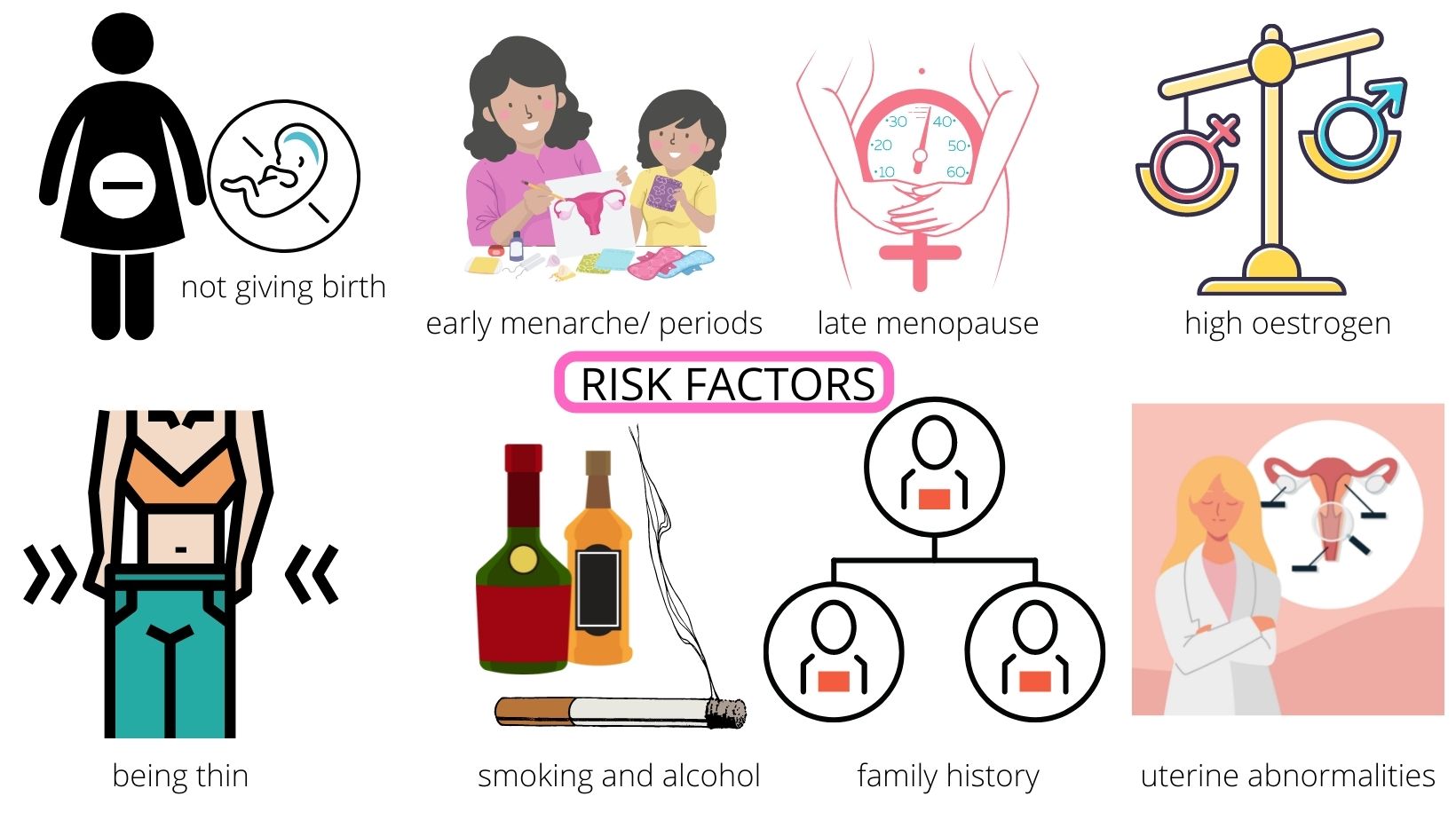


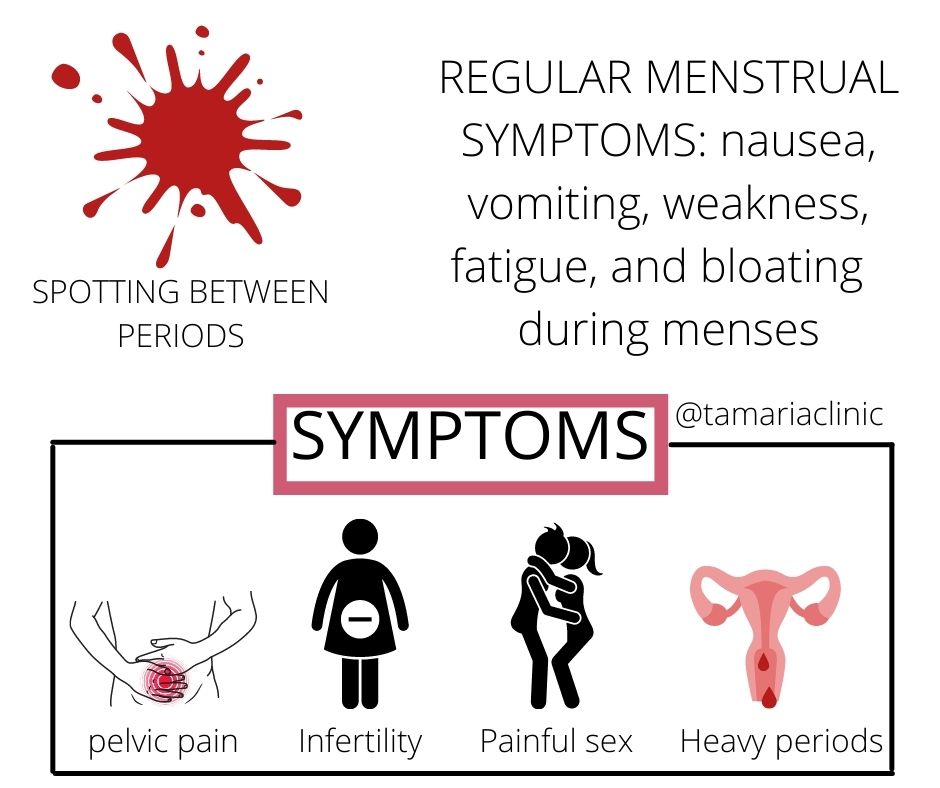
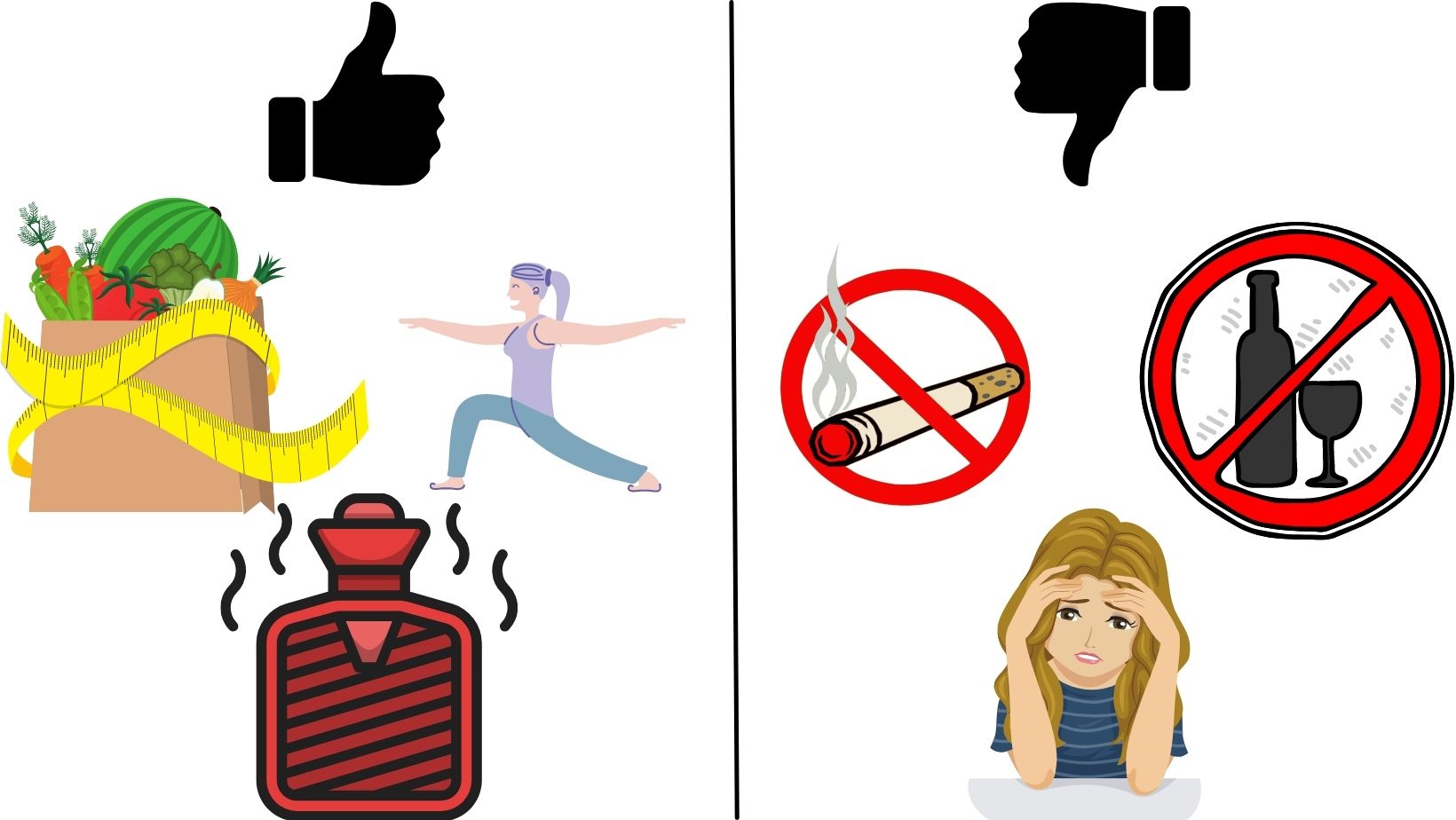
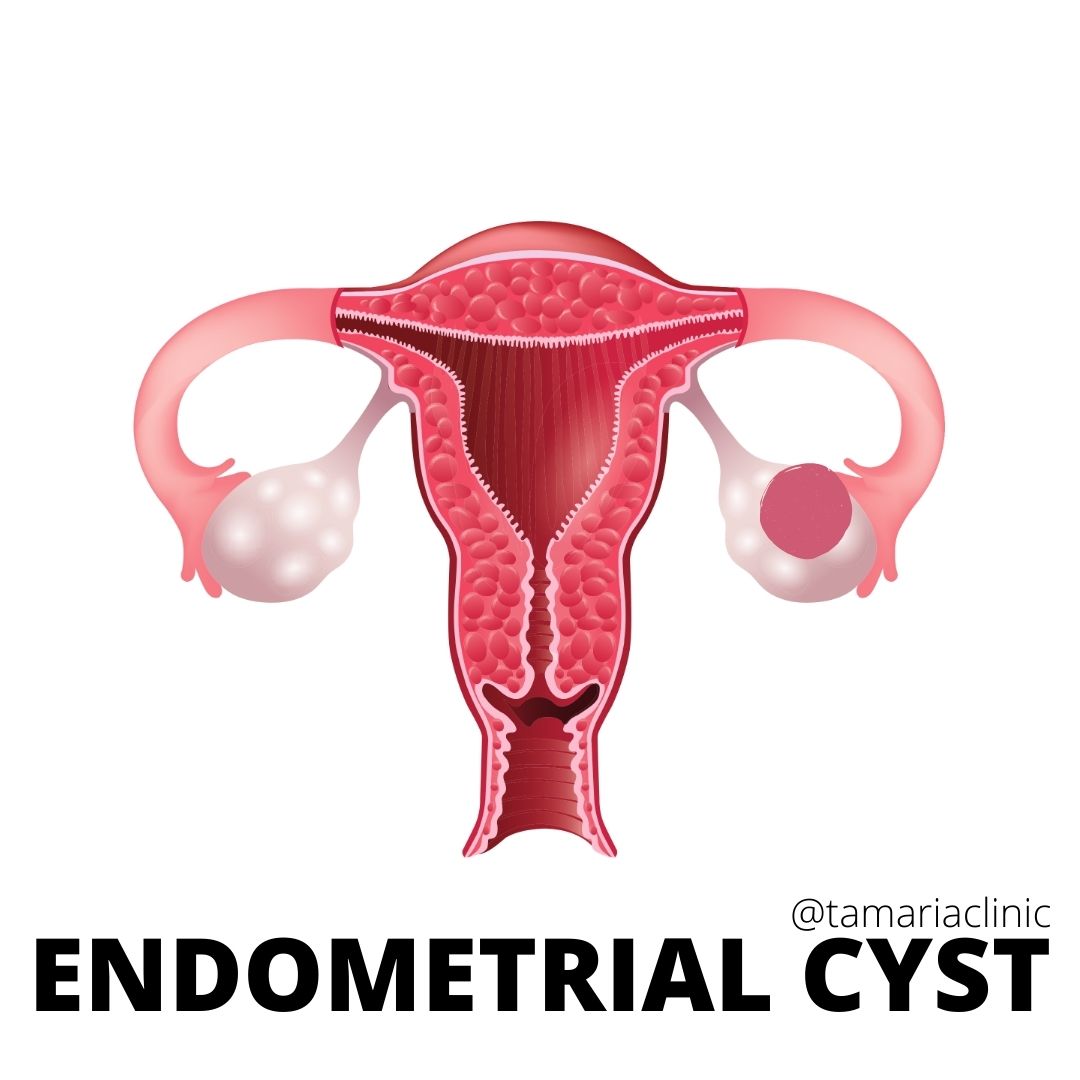
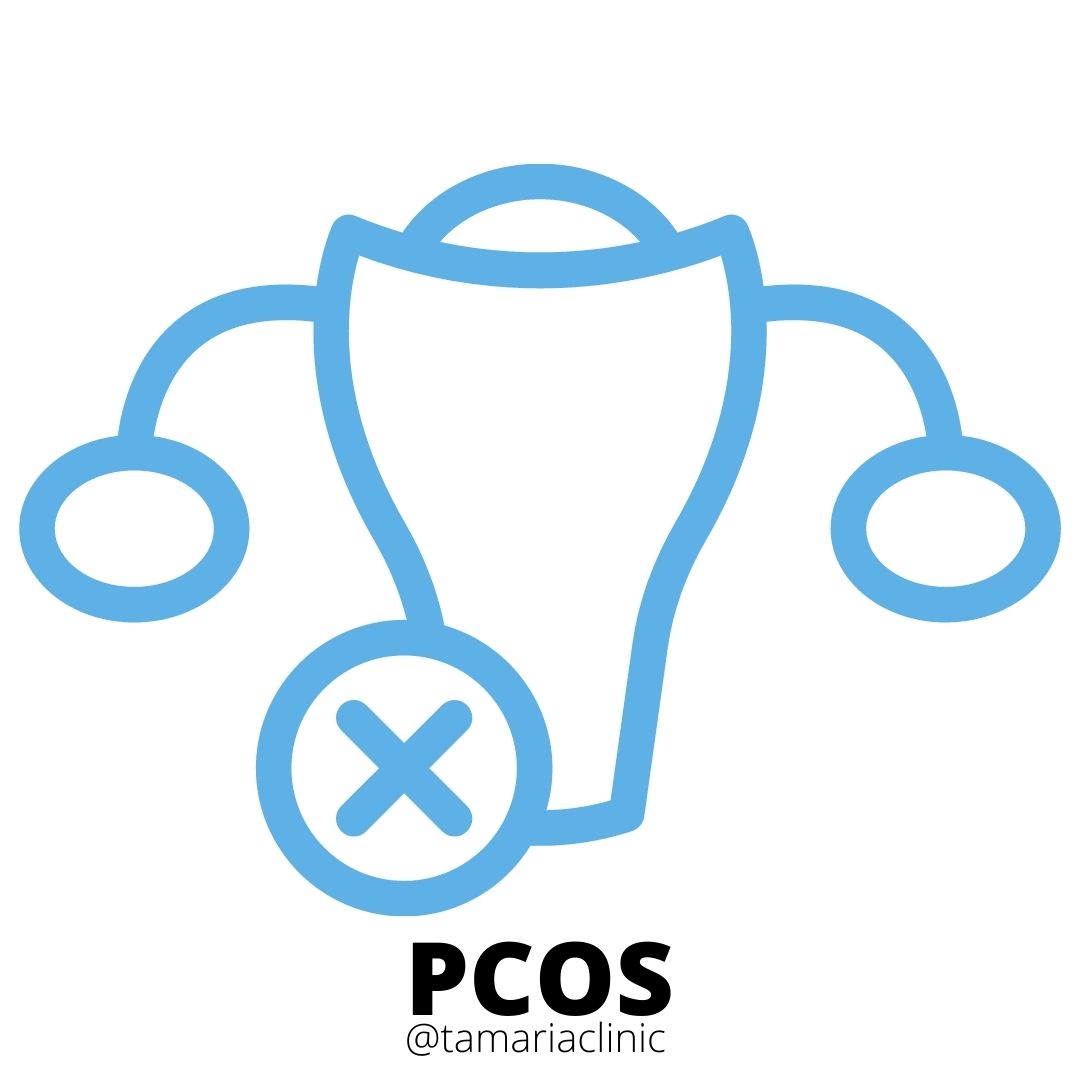
Comments
We have received your comment , Thank You !